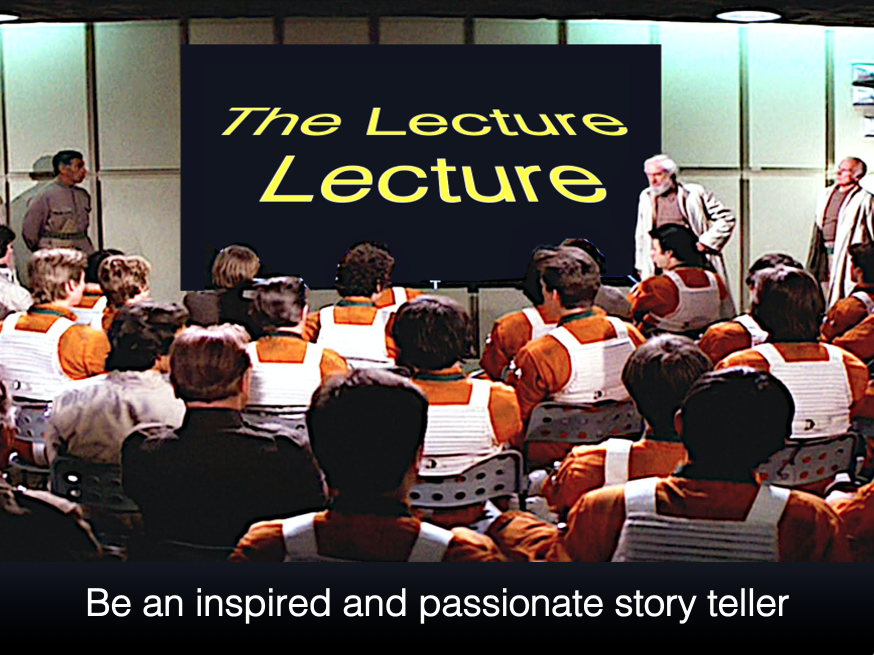Earlier this month, our ED pharmacist gave a detailed lecture on procedural sedation. One of the drugs discussed was ketamine, a dissociative anesthetic that is often the drug of choice among emergency medicine doctors for joint reductions, chest tubes, and other short, painful procedures. One of the reasons ketamine has become so commonly used is because of its limited effects on respiratory mechanics. Given this advantageous property, ketamine has been utilized for “procedural sedation” for the purpose pre-oxygenation during resuscitations. This term as term has been coined Delayed Sequence Intubation (DSI).
Imagine you are walking into room 9 after receiving an EMS report about a delirious elderly male with suspected pneumonia who has been hypoxic en route by despite supplemental oxygen. Patient rolls in and looks sick with O2 sats in 70s on nasal cannula. Vitals are as follows: BP 104/72, HR 95, RR 26. As you try to place a nonrebreather, he swats it away. You have decided this patient needs intubation and consider rapid sequence intubation (RSI) with bag valve mask ventilation during the paralysis period with hopes of obtaining first pass success prior to patient critically desaturating and becoming hemodynamic unstable leading to cardiac arrest. You also realize that BVM alone without PEEP valve will unlikely raise O2 sats in this shunted patient and BVM during apneic period during RSI increases risk for gastric insufflation and aspiration. Then, you remember reading this blog on DSI. You ask the pharmacist to draw up a dose of 1mg/kg of ketamine, which is then administered by slow IV push(to avoid apnea) which subsequently results in a calmed patient in about 30 seconds. You place the patient on 15L NC as well as non-invasive mask CPAP with sats now 96% on the monitor and continue this method for 3 minutes to allow for adequate denitrogenation. Succinylcholine is then administered and then after a 45 second period of apneic oxygenation with nasal cannula still in place, patient was intubated without complication.
This method of separating the induction agent from the paralytic to allow for adequate pre-intubation preparation was described by Weingart and colleagues in a prospective observational study published in Annals of Emergency Medicine. The authors reported clinically and statistically significant increases in 02 sats using DSI with ketamine. Again, ketamine was used due to its ability to allow for the continuation of spontaneous breathing after administration. Below, I have listed take home points but highly recommend reading the article to gain a better understanding of this concept as well as the limitations with this study. (link to article and podcast at bottom of post, possible future journal club selection?)
Take home points:
- Start ketamine dosing at 1mg/kg, with 0.5mg/kg aliquots thereafter until dissociation occurs (Typically achieved by 1.5mg/kg)
- In patients with high blood pressure and tachycardia, may want to add small dose of a benzo, labetalol, or avoid ketamine altogether and use an agent like dexmedetomidine
- Recommend against etomidate or propofol or sedation agents such as midazolam because the non apnea-inducing dosages of these agents may be very different among these patients
- Two choices for pre-oxygenation: 1) 15L Nasal cannula plus 15L non-rebreather. If sats do not improve to greater than 95%, then shunt physiology present. Switch to option 2) 15L Nasal cannula with non-invasive CPAP settings 5cm to 15cm or BVM with PEEP valve
- DSI also applicable for the agitated, trauma with suspected head injury who is disrupting the resuscitation (especially now that the increased intracranial pressure phenomenon from ketamine is in question). One could argue this patient is dangerous to immediately paralyze, and therefore, DSI can be utilized to decrease 02 consumption while simultaneously calming the room and allowing for proper positioning of patient for intubation.
- It is possible to avoid intubating some patients (COPD, asthmatics) as evidenced by the study, although not currently a recommended aspect of DSI
In conclusion, I would advocate adding DSI to your toolbox for those uncooperative patients requiring intubation who have failed initial attempts at preoxygenation by placing a mask on their face. Additionally, as the COVID-19 pandemic continues, it will be interesting to see if evidence supports using this method in those patients with agitation from significant hypoxemia and perhaps already low functional residual capacity at baseline. At the time we take our oral boards, RSI will likely still be the correct pathway for these scenarios, however, this concept seems to gaining traction in EM literature and is worth considering in room 9 under certain circumstances
Link to Article : https://emcrit.org/wp-content/uploads/2014/07/dsi-article.pdf
![Room9er ["Room Niner"]:](https://room9er.com/wp-content/uploads/2020/03/cropped-Screen-Shot-2020-03-08-at-3.16.16-PM.png)



